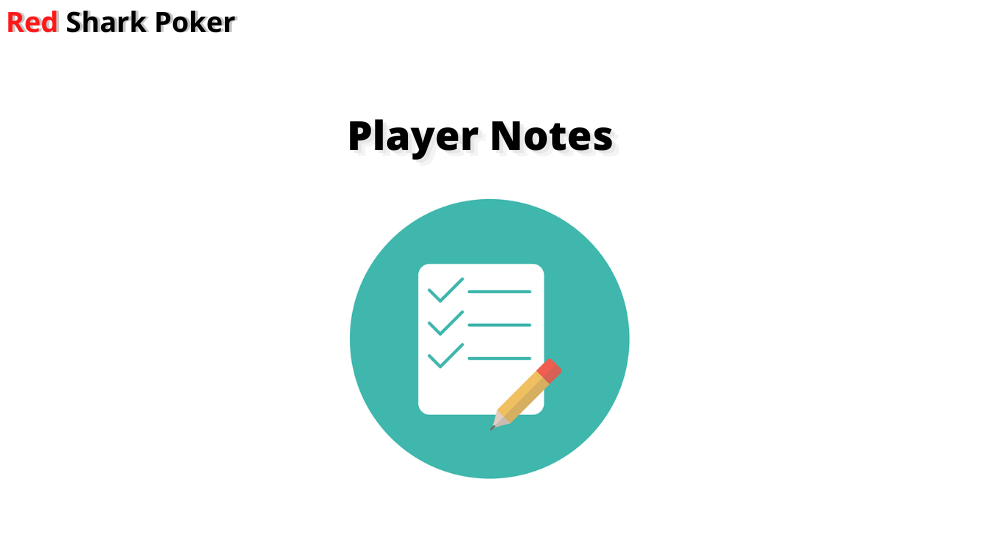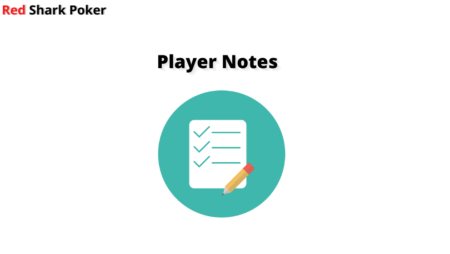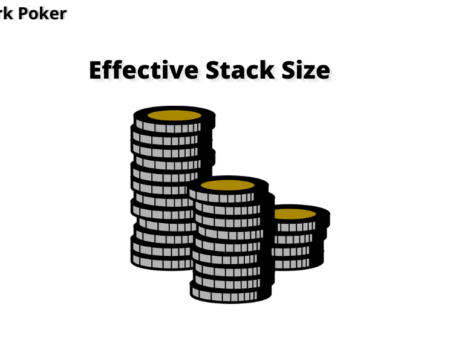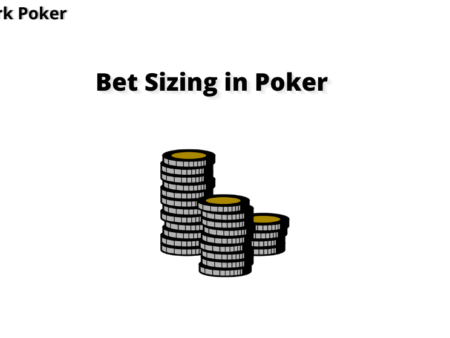

Imagine you are in an important meeting in your office where the next quarter’s plan is being discussed. Won’t you carry your laptop or a notebook with you? Of course, yes! Similarly, in poker, you need to have your notebook and pen next to your computer. But thanks to the technological advancements, you don’t need to carry one! Most of the top online poker sites offer you a little space at the tables where you can take notes and save them.
On most of the sites, you need to click on the player icon/image to open a small tab to write notes about them. As poker is a game of acute observation, every little detail about your opponent helps. So, take full advantage of the feature of player notes in poker and use it to have an edge over your opponents!
Why Should You Take Player Notes in Poker?
We are forgetful beings. That’s why! As we play with dozens of different players every day, we tend to forget the type of opponents and their playing styles. So, taking player notes in poker helps a lot! When you have some information on your opponent, it helps you to make informed decisions. Saving key information in the form of player notes in poker can help you to take profitable actions and minimize mistakes.
What Kind of Player Notes Should You Take?
The more notes you take, the better is your play. The list of things you can note is endless. However, the important information you should look out for are mentioned below:
1) Playing Style
Take note of your opponent’s style of playing. Check which player is playing tight or loose. Also, see if he is playing a passive or aggressive style. After observing for more than 25 hands, you will get a good overview of their playing style. Once you identify the style, save it in the player notes in poker.
Tight-aggressive: Playing fewer hands and entering the pot by raising more often on the preflop.
Tight-passive: Playing fewer hands and entering the pot by calling more often on the preflop.
Loose-aggressive: Playing more hands and entering the pot by raising more often on the preflop.
Loose-passive: Playing more hands and entering the pot by calling more often on the preflop.
You should save the playing style in the opponent’s player notes so that you will know of what type of opponent you are up against.
2) Hands at the Showdown
Write down the hands that a player goes to showdown with. Also, write what was his position and preflop action when he entered the pot with those hands. For example, if a player wins at showdown with J9s, note down his position and his preflop action – Did he enter the pot with a call, raise or 3-bet? An example will be – Raised 3X bb with J9s from UTG, cbet, check, bet. This helps you to know about your opponent’s range and how he plays with such hands.
3) Positional Behaviour
Note your opponent’s actions when they are in and out of position. If the opponent raises more from in position, he is an experienced player who is positionally aware of his actions. Players who act more from out of position are more likely to be inexperienced players.
4) Bluffing Behaviour
Take a note of your opponent’s bluffing behaviours. Check whether a player bluffs when he misses his draws, or how often he bluffs, or how many times are his bluffs getting called. A general understanding of the bluffing behaviour helps you to avoid folding to bluff raises.
5) Tilt Behaviour
Keeping a close track of how a player reacts to bad beats can help you to identify his tilt trigger points. Does a player go all-in after losing a bad hand? How does a player react to folding in a big pot? After how many hands does a player enter the pot after losing a big pot? If you have some notes, you can call a player’s all-in if he shoves right after losing a big pot.
Condense Your Player Notes
Poker sites offer limited space, which is mostly up to 1000 characters. You cannot fill up all the information in such a small character limit. So, it is best advised to condense your notes and write only the relevant information that is characteristic of a player’s behaviour. You can use some of the common abbreviations while writing down the notes.
Common Abbreviations
Common Positional Abbreviations
- BB = Big Blind
- SB = Small Blind
- BU = Button
- CO = Cutoff
- HJ = Hijack
- UTG = Under the Gun
- OOP = Out of position
- IP = In position
Common Hands-related Abbreviations
- AX = Any hand with an Ace
- BDSD = Backdoor straight draw
- OESD = Open-ended straight draw
- FD = Flush draw
- BDFD = Backdoor flush draw
- OESFD = Open-ended straight flush draw
- TPTK = Top pair top kicker
Common Player Profile Abbreviations
- LAG = Loose-aggressive player
- TAG = Tight-aggressive player
- LAP = Loose-passive player
- BRR = Bets are real. A player is not bluffing; bets when has a hand.
- RRR = Raises are real. A player always raises when he has a good hand.
- POB = Post Oak Bluff. A player is betting small in relation to the size of the pot.
- TES = Top End Shover. A player goes all-in only with good hands.
- TEC = Top End Caller. A player calls only with a tight calling range.
- CFC = Can’t Fold a Chair. A player is a calling station who doesn’t fold where most players fold.
- BAM = Bad at Math. A player is folding even when getting good pot odds to call.
Conclusion
It is a good practice to save player notes in poker. Taking notes suggests that you are serious about the game and leave no room for mistakes while playing against a player with whom you have played before. Keep your notes simple so that just a glance will be sufficient enough for you to strategize against a particular opponent. So, take full advantage of this free feature provided by online poker sites and use the information to win more!




